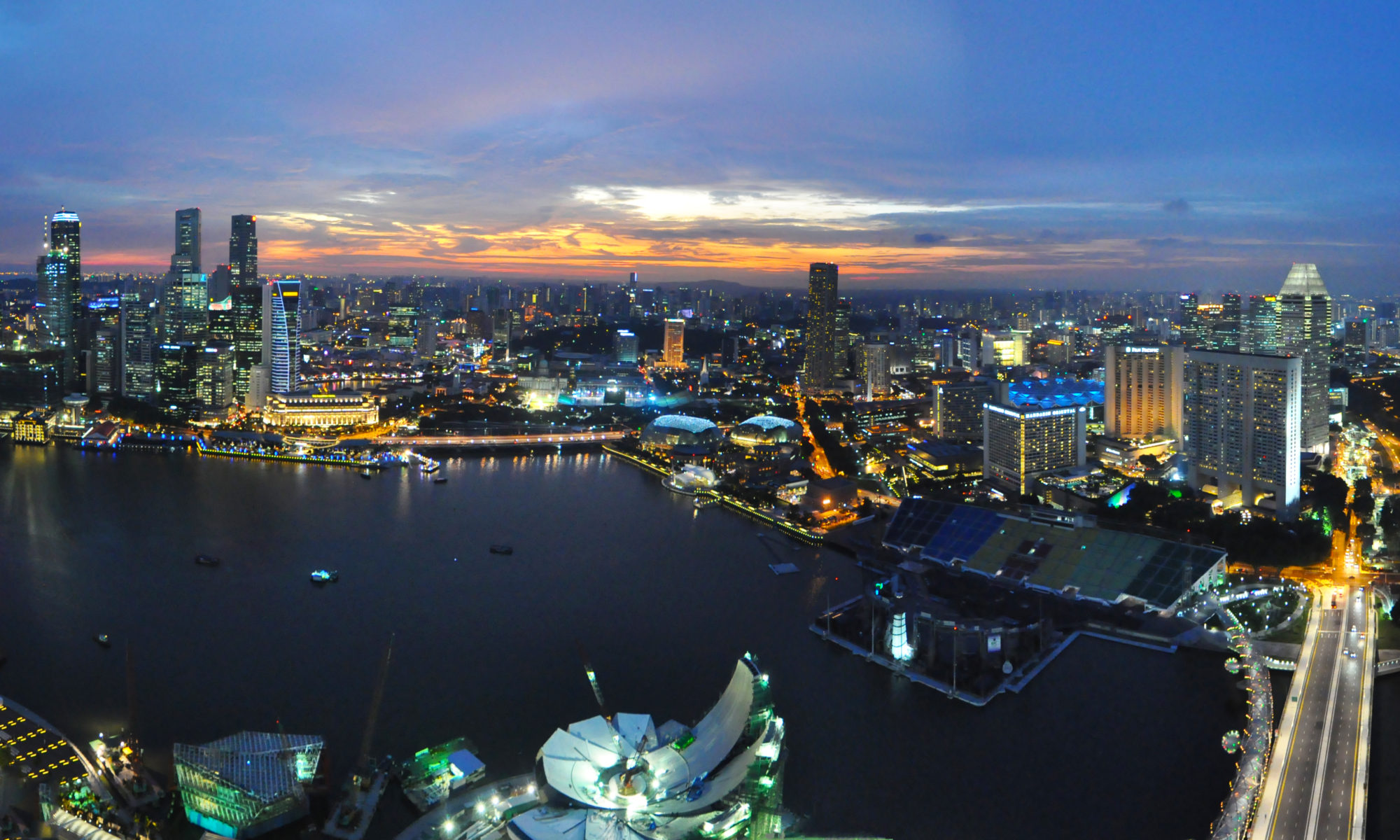The past few weeks have seen a lot of disagreement over the South China Sea by the countries that border it. This waterway connects China to europe, Africa, middle east. And it has been identified as a potential rich source of oil, natural gas, rare earth minerals. The Paracel and Spratly islands, sprinkled throughout the sea, command the region. Sometimes multiple countries claim ownership of the islands. The water that surrounds them is hotly contested.
China is the region’s foremost power and asserts full rights to the sea’s resources. Last week, to the great anger of Vietnam and Philippines, China announced its plans to garrison troops is the disputed Paracel Islands. Vietnam controlled some of these islands before China took them in 1974. And the Philippines is concerned of China moving closer to the Spratlys, some of which it claims.
Taiwan’s ruling KMT party has stated its support for “One China” and full sovereignty of the sea. Taiwan’s minority party (the DPP) accuses China of jeopardizing regional stability by garrisoning troops in the South China Sea. But the DPP has not stopped Taiwan from announcing its intent to extend a runway in the largest of the Spratly islands to amplify the power “One China” can project in the region. Because Taiwan always sides with China in disputes with Korea and Japan, it is siding with China in the South China Sea.
The other countries claiming rights in the South China Sea are the Philippines and Vietnam, both members of ASEAN. ASEAN’s older and more developed members are Singapore, Malaysia, Thailand, the Philippines, Indonesia and Brunei. Vietnam, Laos, Cambodia and Myanmar joined later. As borders to the sea, Vietnam and Philippines claim historical rights to some of the Spratly and Paracel islands and therefore the precious minerals beneath the sea. They would expect the ASEAN member countries to back them up.
But China is disrupting ASEAN with close relationships with some of its member countries. It has extended cheap loans to Cambodia, Laos, and Myanmar and developed their infrastructure for them. These countries are now dependent on China. And recently Cambodia blocked ASEAN discussion of the South China Sea dispute against the desires of their ASEAN brethren, the Philippines and Vietnam.
Given that the United States’ position in the region seems to be “anyone but China” the US can be expected to take action to improve its relationships with those that oppose China’s regional ambitions. Last week the US did exactly this by announcing its intent to address a longstanding pain with an ASEAN member country, Vietnam. According to CNN the US has, “pitched in for the first time to clean up part of the toxic legacy left by the millions of gallons of the chemical compound code named Agent Orange that it dumped on Vietnam during the war there.” The US has initially committed $43 million to this effort.
One other angle to this story is the greatest value of the South China Sea might not be what is under it, but what floats on top of it. The vast majority of China’s trade moves through the sea on its way to Europe, Africa, India, and the middle east. The South China Sea is in fact on portion of a trade route that is precariously bottlenecked at the Malacca strait. And it is near there that India recently commissioned a naval base in the Andaman and Nicobar islands. India encroaches on the trade route from the west, China from the north.
I am sure territorial bickering has been a continuous part of Asian relations. As a westerner seeing it up close for the first time it is a bit disconcerting. How much of this posturing is “normal”? Or is this a prelude to something worse?

Good stuff on the same topic (I don’t pay for Stratfor but get the free stuff…usually quite good analysis).
http://www.stratfor.com/weekly/paradox-chinas-naval-strategy
Great read, Andrew! Thanks.